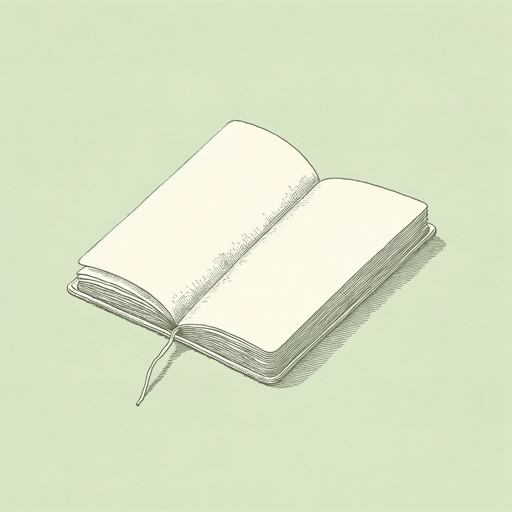23 pages • 46 minutes read
Rainer Maria RilkeLetters to a Young Poet
Nonfiction | Collection of Letters | Adult | Published in 1929A modern alternative to SparkNotes and CliffsNotes, SuperSummary offers high-quality Study Guides with detailed chapter summaries and analysis of major themes, characters, and more.
Symbols & Motifs
Sickness
In his eighth letter, Rilke discusses sickness as a symbol of sadness, arguing that one must treat sadness the same way as one treats a physical ailment: “[S]ickness is the means by which an organism frees itself of foreign matter,” as the symptoms of physical illness are typically merely the sign that the body is seeking to heal itself and fight off infection (53). As such, though sickness might be a painful experience, it is ultimately to be embraced, as it returns the body to health and wholeness.
Both sadness and physical illness are therefore necessary suffering. Just as illness often results from a foreign microorganism entering our body, so too are times of sadness “the moments when something new has entered into us, something unknown” (48). This “something new” can be understood as a new experience or new emotion which is unfamiliar to our mind, and as a result, is often terrifying at first. Rilke argues that most individuals respond to sadness by paralysis, repressing the difficult feelings rather than acknowledge them. Yet, just as the body must endure sickness, so too must one endure and be “attentive” to one’s sadnesses, which are ultimately moments “at which our future sets foot in us” (49).
Related Titles
By Rainer Maria Rilke




